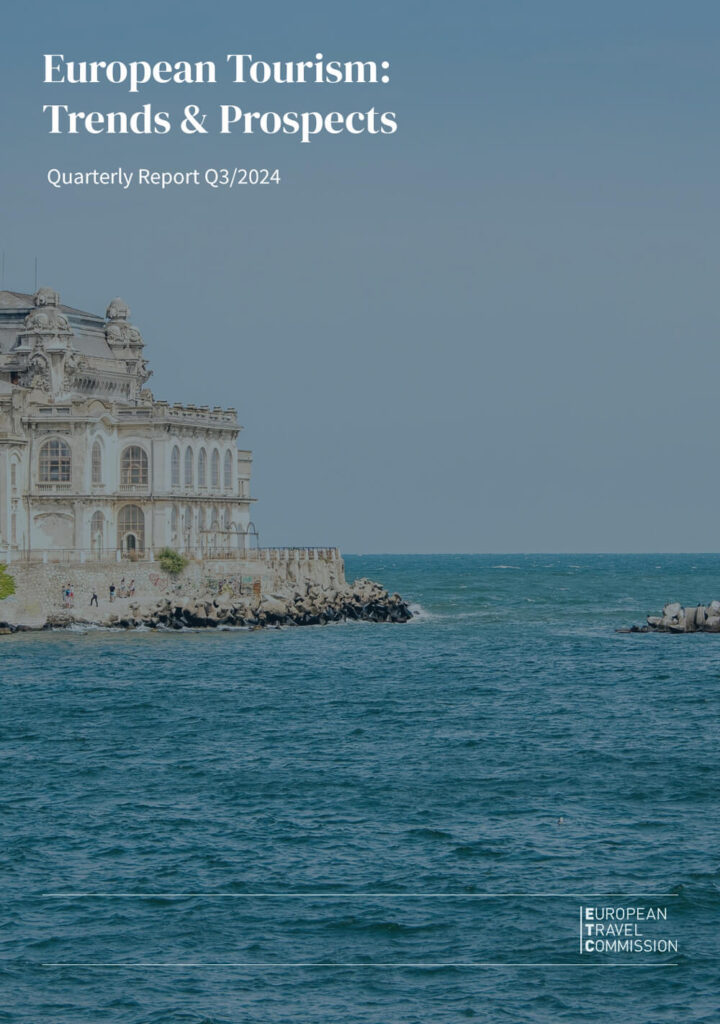Overall tourist expenditure across Europe is projected to rise 10.3% in 2024 to reach €719.7 billion/$777.7 billion, research shows.
The European Tourism Trends & Prospects Q3 2024 report from the European Travel Commission (ETC) reveals a robust performance in Europe’s tourism market, spurred by a 7% year-on-year increase in foreign arrivals for the period in question.
Prices for international flights in the Euro area decreased in July, but lifted slightly in August as inflation continues to put pressure on tourism businesses and travellers.
As travellers become more price-conscious, there is a marked shift toward value-driven travel experiences, notes the report.
The ETC report offers insights on the performance of European tourism during the summer period and analysis of the region’s latest tourism and macroeconomic developments.
Commenting on the publication of this report, ETC President Miguel Sanz said: “The performance of European tourism in 2024 underscores the sector’s resilience and enduring appeal despite economic pressures. Travellers continue to prioritise holidays, even in the face of rising costs, highlighting the essential role of travel in their lives.
“Following a busy summer, Europe is actively addressing capacity constraints in popular hotspots by redistributing visitors to more diverse destinations. We aim to alleviate the strain on overburdened areas and ensure that the economic benefits of tourism are shared more equitably. European tourism is not just about rebounding; we need to evolve to secure a sustainable future.”

The latest research from the European Travel Commission (ETC) highlights growth of 6% in foreign arrivals over 2019 levels and a 7% increase in year-on-year growth, a resilient performance in the face of inflationary pressures affecting tourism businesses and travellers.
More than half of reporting European destinations have exceeded 2019 foreign arrivals levels, with almost one third up by in excess of 10%, the report continues.
In the southern Mediterranean, Serbia (+34%) and Malta (+32%) – both from a smaller base – led growth, followed by Portugal and Greece (each +19%).
Turkey (+16%) faces rising competition as budget-conscious travellers turn to other Mediterranean destinations due to increasing prices.
Conversely, the Baltics, Finland, Romania, and Slovakia, witnessed declines on 2019 levels ranging from -24% to -11%.
However, year-on-year data in many countries within these sub-regions provides a more promising recovery outlook, albeit at a slower pace than in other areas.
Romania (+12.8%), Latvia (+12.7%), and Estonia (+10.7%) have shown substantial increases in foreign arrivals compared to 2023 levels.
European air travel demand rose by 3.4% over the summer months despite disruptions caused by cybersecurity issues and strikes.
Frequent air traffic disruptions over the summer in different European countries are likely to have dampened the recovery across the region, adds the report.
This post was originally published on here







